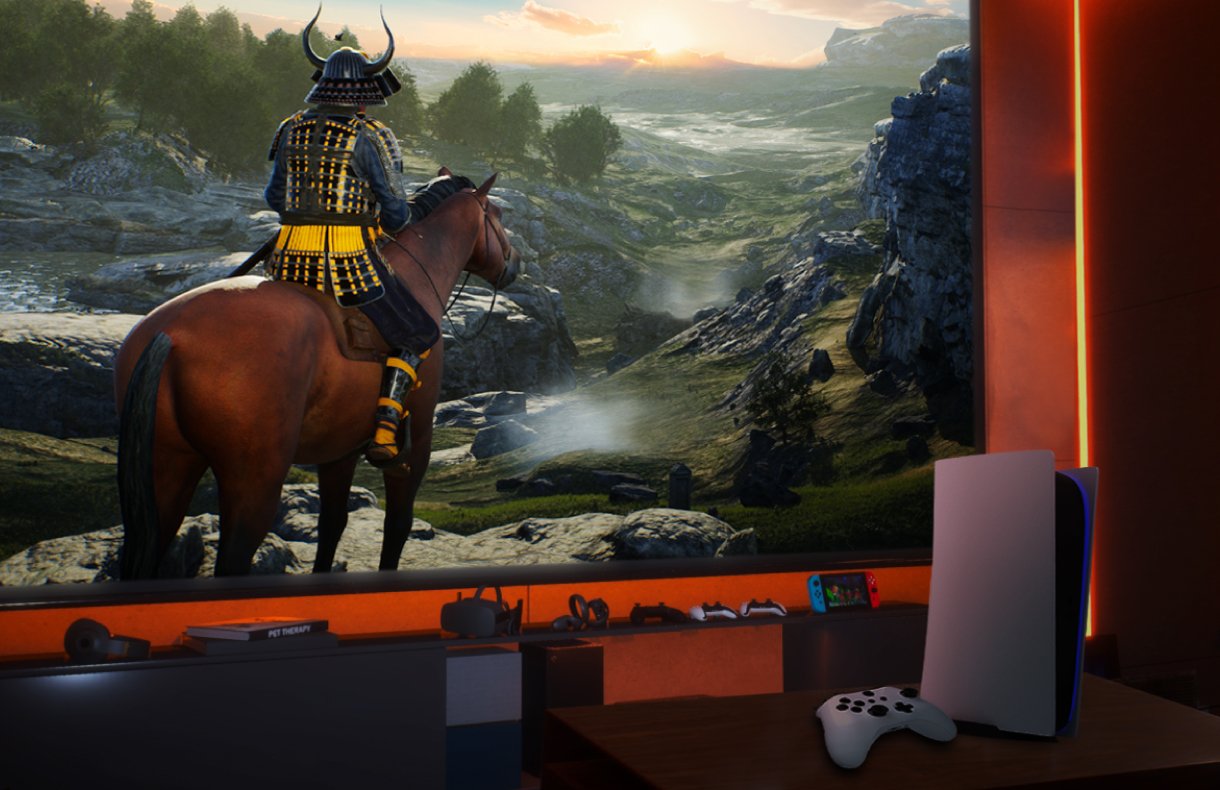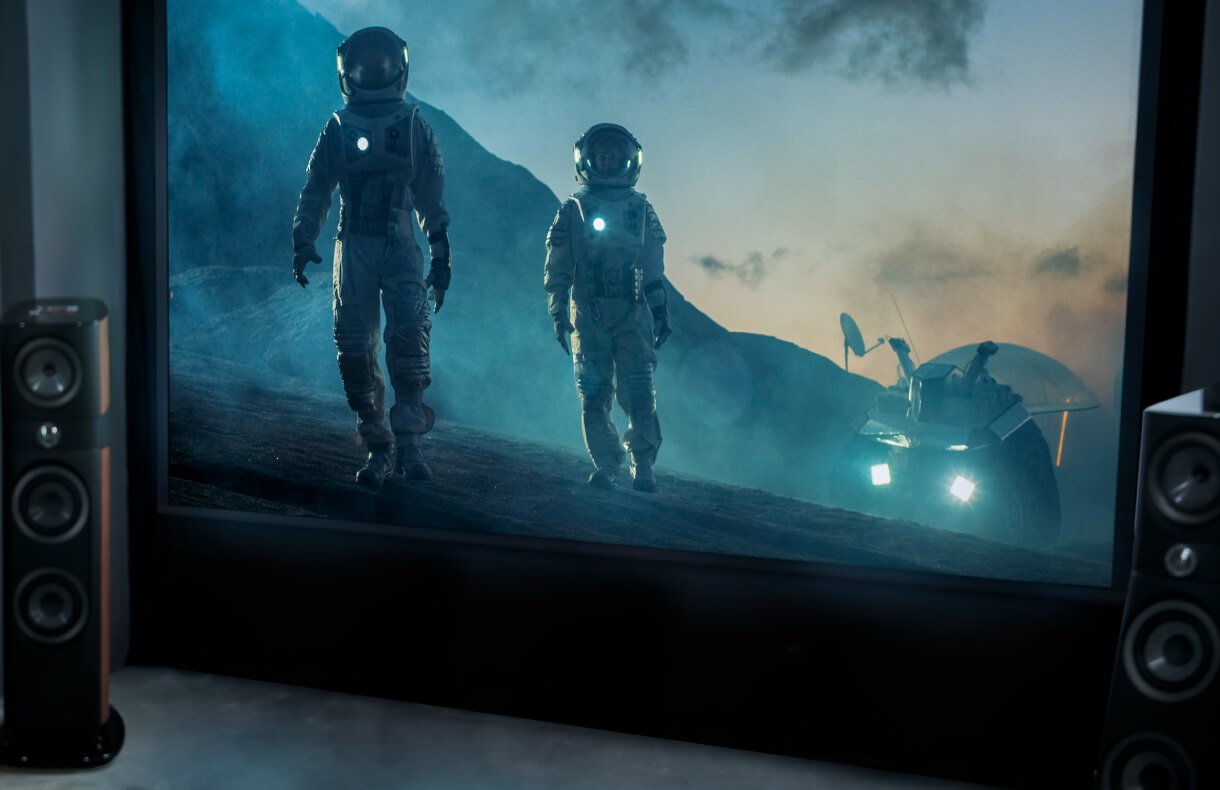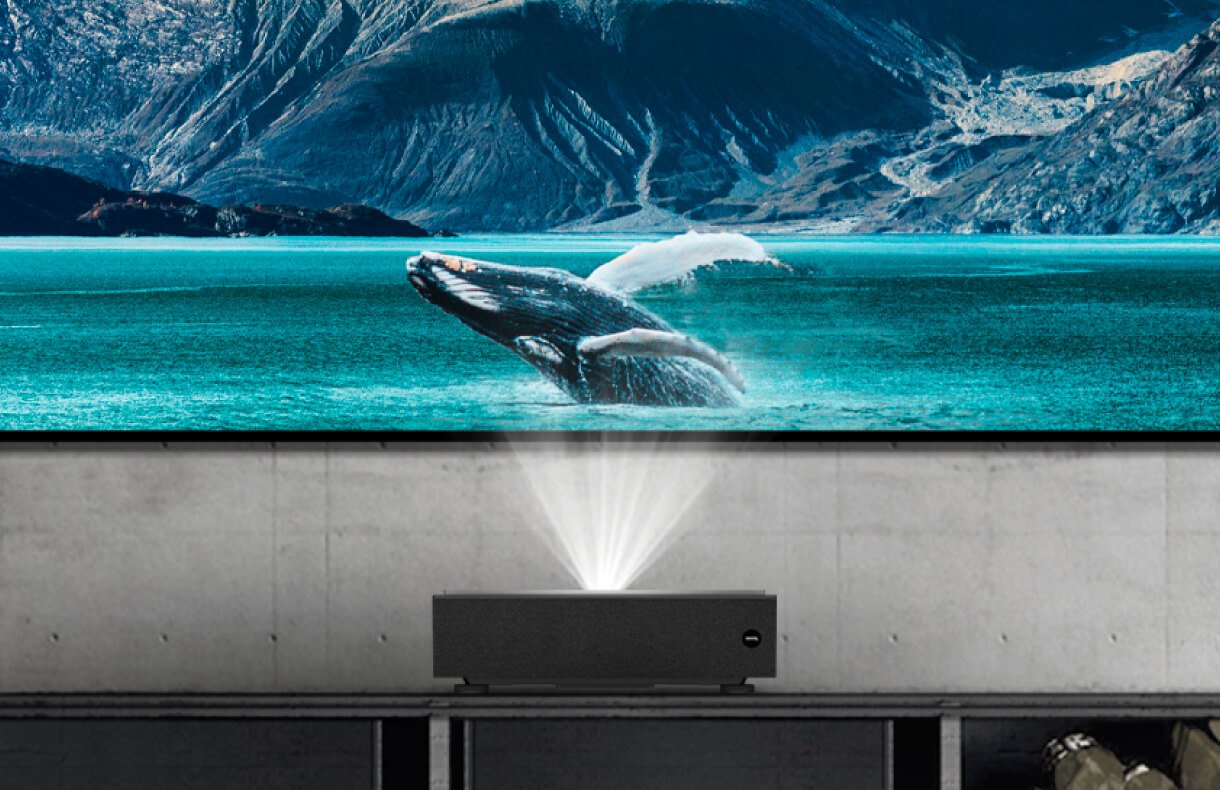Disfruta de una experiencia cinematográfica e inmersión en gaming
Proyectores que reúnen a las personas
20 años de experiencia en color industrial
Formación y certificaciones THX e ISF
Informes individuales de calibración del color
Proyectores de TV
Una sala de estar con proyección cinematográfica de distancia ultracorta
Más informaciónProyectores portátiles
Para disfrutar al máximo del entretenimiento en interiores o exteriores
Más informaciónTodos los proyectores de BenQ
Comparar todos los proyectores de BenQDCI-P3 Color Space
DCI-P3 is a common RGB color space for digital movie projection in the American film industry. DCI-P3’s range is 26% larger than sRGB/Rec.709, and the percentage higher, the color gamut wider.
Input Lag
Input lag or input latency is the amount of time it takes to display a signal on the screen from when the source sends it.
DCI-P3 Color Space
DCI-P3 is a common RGB color space for digital movie projection in the American film industry. DCI-P3’s range is 26% larger than sRGB/Rec.709, and the percentage higher, the color gamut wider.
Color Accuracy
Delta E is often used to evaluate perceived color differences. BenQ provides the factory calibration report to guarantee the Delta E<3, which means that there is seldom a perceivable difference for people when two colors are compared side by side.
Lens Shift
Lens shift allows the lens to move vertically and/or horizontally within the projector to provide a perfect, straight-edged image with uniform focus. This allows for more flexible installation and placement options for the projector, with no loss of resolution.
DCI-P3 Color Space
DCI-P3 is a common RGB color space for digital movie projection in the American film industry. DCI-P3’s range is 26% larger than sRGB/Rec.709, and the percentage higher, the color gamut wider.
Rec.709 Color Space
Rec.709 uses specific red, green, and blue colors and illuminant D65 (6500k) for the white point to build a standardized color space and reproduce accurate color gamut and grayscale, and the percentage higher, the color gamut wider.
Input Lag
Input lag or input latency is the amount of time it takes to display a signal on the screen from when the source sends it.



